How to Create Clipart using AI
Hey there! As a graphic enthusiast, I’ve always been fascinated by clipart. These simple, yet powerful illustrations have been a staple in the design world for decades. But what exactly is clipart, and why is it still relevant today?
Clipart refers to pre-made images or illustrations that can be used for various purposes, such as in documents, presentations, websites, or graphic designs. They are typically simple, clean, and convey a specific concept or idea. Despite the rise of more complex graphics and digital art, clipart remains popular due to its versatility, accessibility, and ease of use.
In recent years, the advent of AI has revolutionized the way we create art, including clipart. AI-powered tools like Midjourney have made it easier than ever to generate high-quality, custom clipart with just a few simple prompts. This has opened up a world of possibilities for designers, marketers, and anyone in need of quick, eye-catching visuals.
In this blog post, I’ll look into the exciting world of AI-generated clipart. I’ll share my experience using Midjourney to create stunning clipart images, provide tips and tricks for crafting effective prompts, and showcase 15 examples of clipart I’ve generated using this powerful tool.
The Rise of AI in Clipart Creation
In recent years, AI has taken the world by storm. From chatbots to self-driving cars, AI has transformed the way we live and work. And now, it’s making waves in the world of clipart creation.
AI-powered image generation tools like Midjourney, DALL-E, and Adobe Firefly have made it possible for anyone to create stunning, high-quality clipart with minimal effort. These tools use advanced machine learning algorithms to analyze vast datasets of images and generate new, unique visuals based on user-provided prompts.
I’ve been particularly impressed with Midjourney, which has quickly become my go-to tool for creating custom clipart. With Midjourney, you can generate clipart in a wide range of styles, from simple and cartoonish to more detailed and realistic. The best part? You don’t need any artistic skills or design experience to use it.
To create clipart with Midjourney, all you need to do is provide a text prompt describing the image you want to generate. The AI model then analyzes your prompt and generates a series of images that match your description. You can then refine and edit these images to create the perfect clipart for your needs.
Of course, AI-powered clipart creation is still a relatively new field, and there are some limitations to keep in mind. The quality and accuracy of the generated images can vary depending on the complexity of your prompt and the specific AI model you’re using. However, as these tools continue to evolve and improve, I believe we’ll see even more impressive results in the future.
Craft the Perfect Clipart Prompt
Creating stunning AI-generated clipart starts with crafting the perfect prompt. Your prompt is the key to communicating your vision to the AI model and getting the results you want. In this section, I’ll share some tips and tricks for writing effective clipart prompts that will help you generate amazing visuals every time.
First and foremost, it’s important to be as specific and descriptive as possible when writing your prompt. The more details you can provide about the clipart you want to create, the better the AI model will be able to understand and generate relevant images. This includes details about the subject matter, style, colors, composition, and any other relevant information.
When creating clipart, there are a few key elements that you should always include in your prompt. First, be sure to specify that you want “clipart” or “clip art” in your prompt. This will help the AI model understand that you’re looking for simple, graphic-style images rather than more complex or detailed illustrations.
Second, it’s often helpful to specify that you want your clipart to have a “white background”. This will ensure that your clipart is easy to use and integrate into other designs or documents.
In addition to these key elements, here are a few other tips for crafting effective clipart prompts:
- Use simple, clear language and avoid jargon or technical terms
- Be specific about the emotions, actions, or concepts you want your clipart to convey
- Use adjectives to describe the style or aesthetic you’re going for (e.g. “cute”, “minimalist”, “retro”)
- Include any specific details about the colors, textures, or lighting you want to see in your clipart
Here’s an example of a well-crafted clipart prompt:
“A cute, minimalist clipart of a smiling orange cat wearing a blue bow tie, sitting on a white background. The cat should be facing forward and centered in the frame, with simple, clean lines and bright, bold colors.”
15 Example Prompts and Images
I am sharing 15 diverse and creative prompts that I’ve used to generate stunning clipart images using Midjourney.
- A minimalist clipart of a green cactus with a pink flower, on a white background.
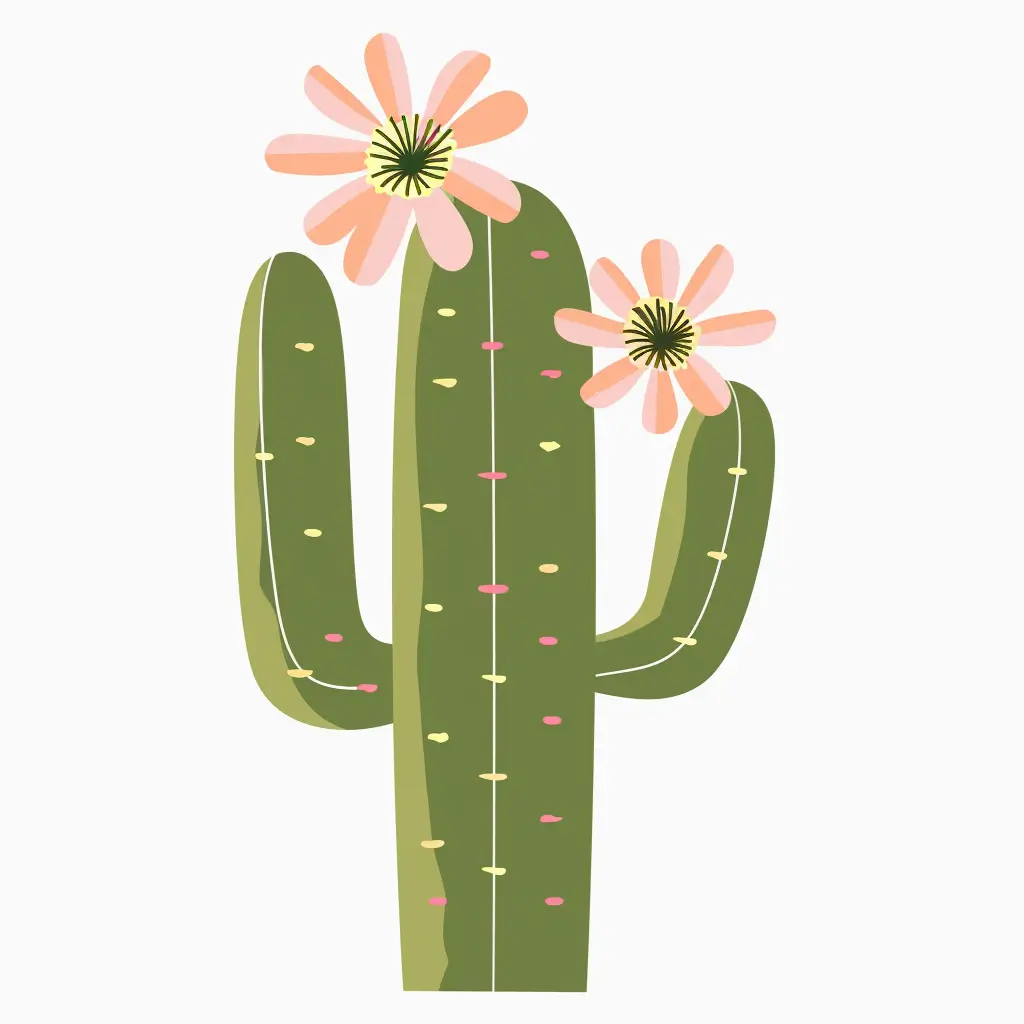
- A cartoon clipart of a happy sun wearing sunglasses, on a white background.
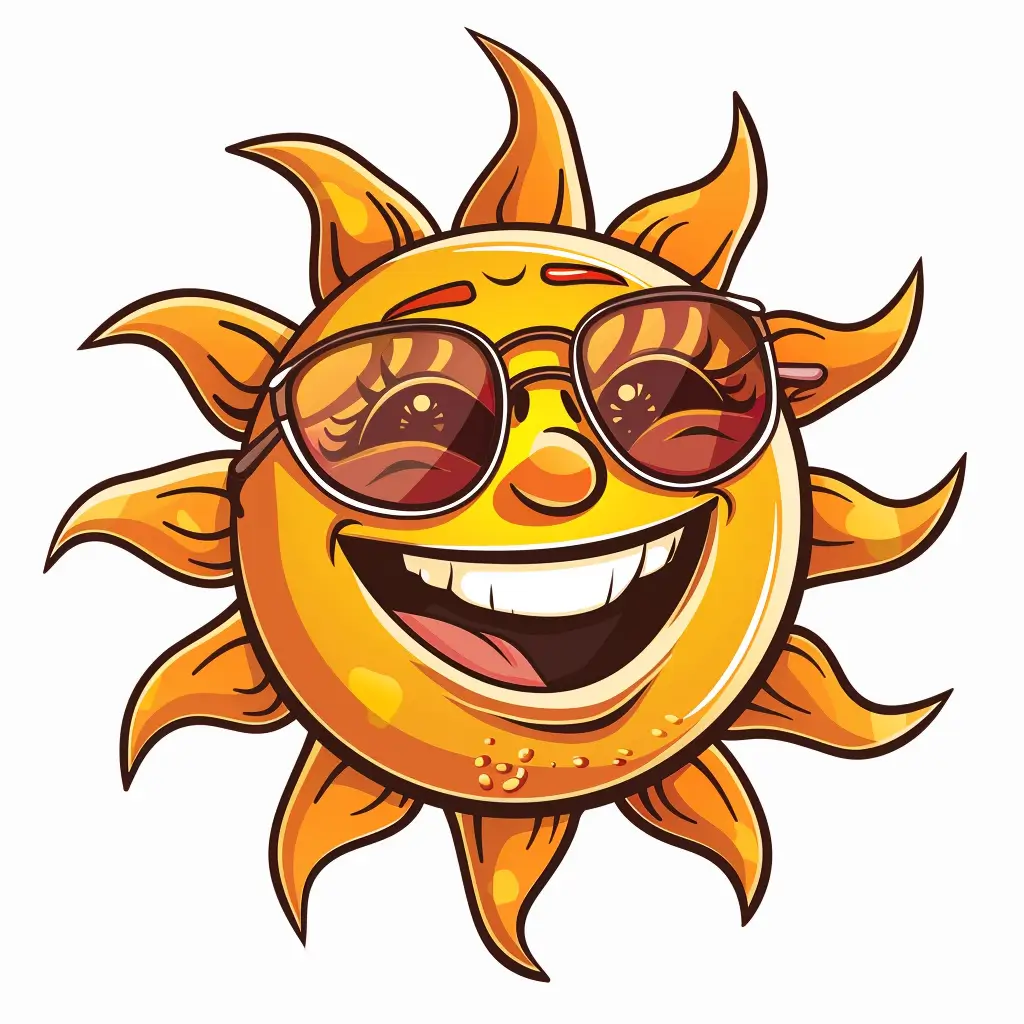
- A flat design clipart of a stack of colorful books, on a white background.

- A cute clipart of a sleeping baby fox, curled up on a white background.
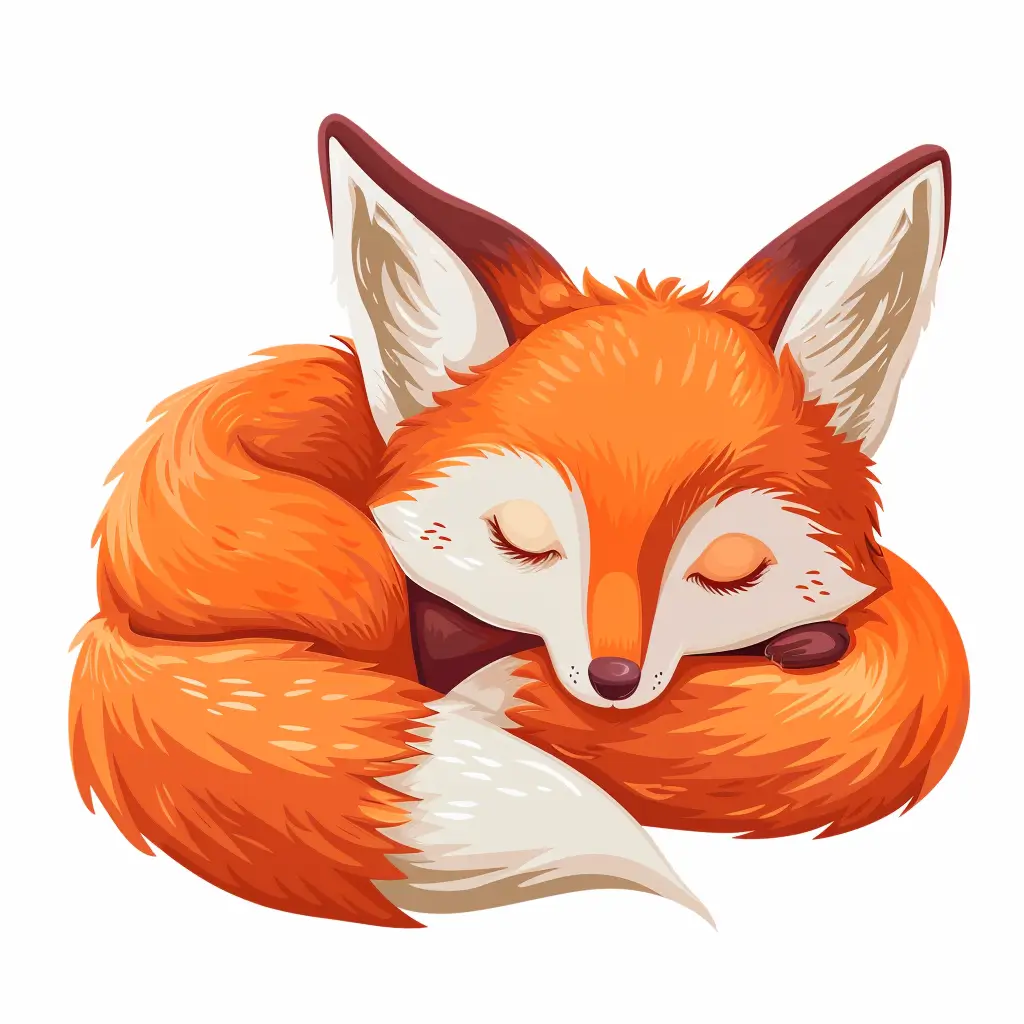
- A simple clipart of a steaming hot coffee mug, on a transparent background.
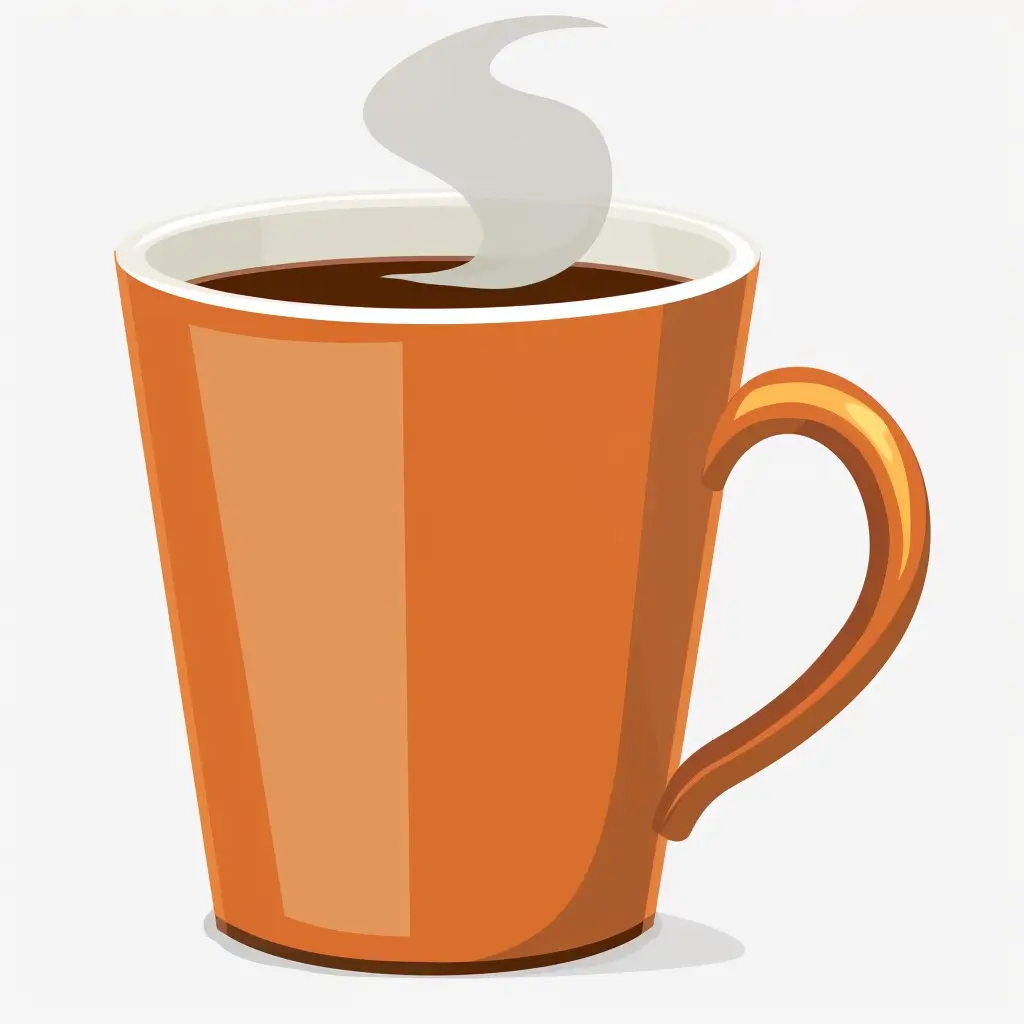
- A whimsical clipart of a unicorn jumping over a rainbow, on a white background.
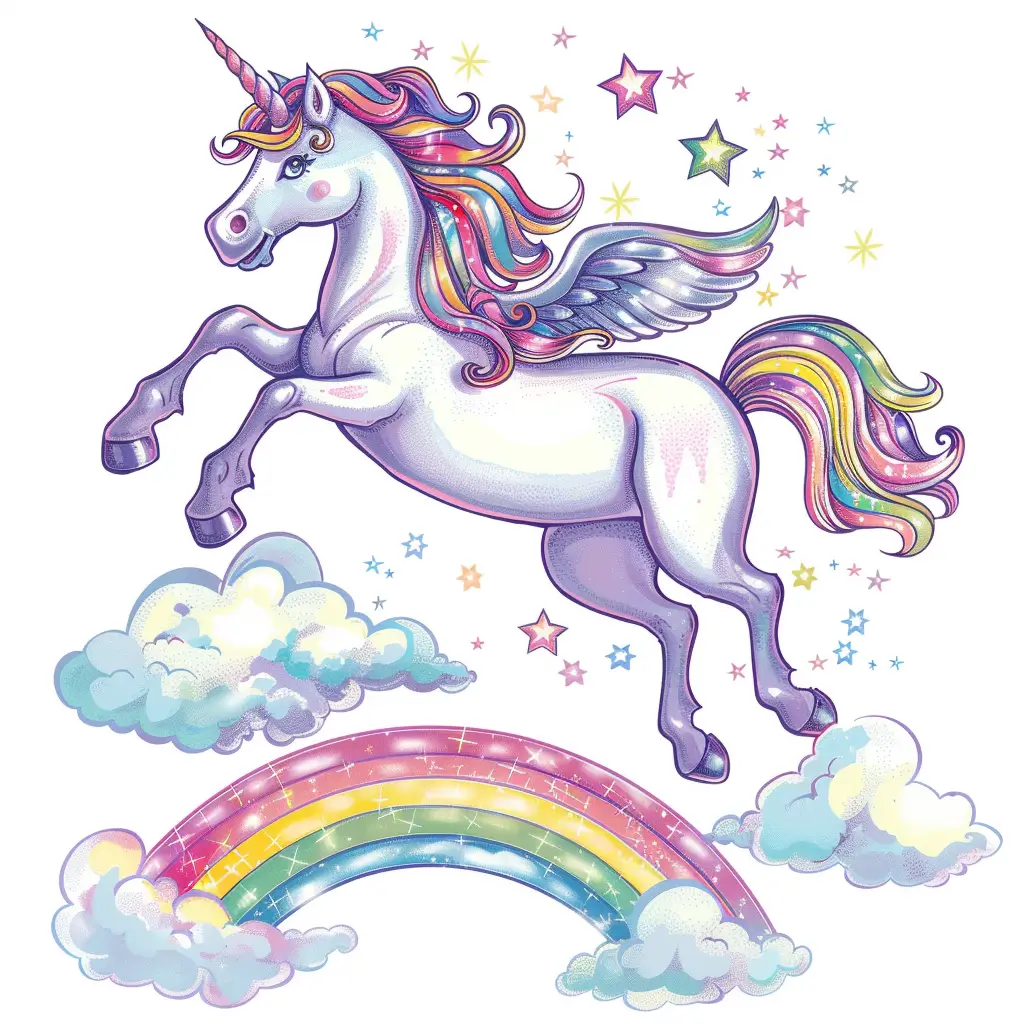
- A retro clipart of a red vintage car, on a transparent background.

- A minimalist clipart of a white paper airplane, on a light blue background.
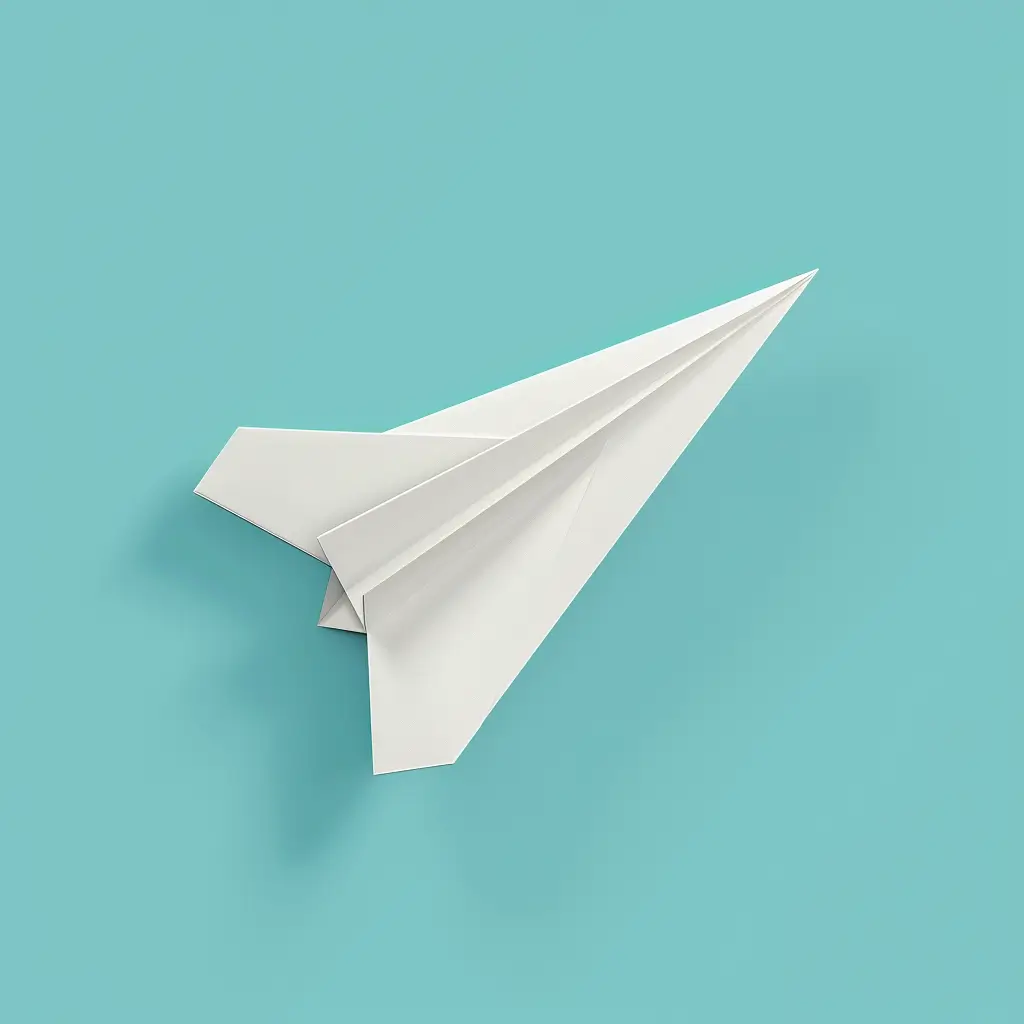
- A playful clipart of a yellow rubber duck wearing a sailor hat, on a white background.
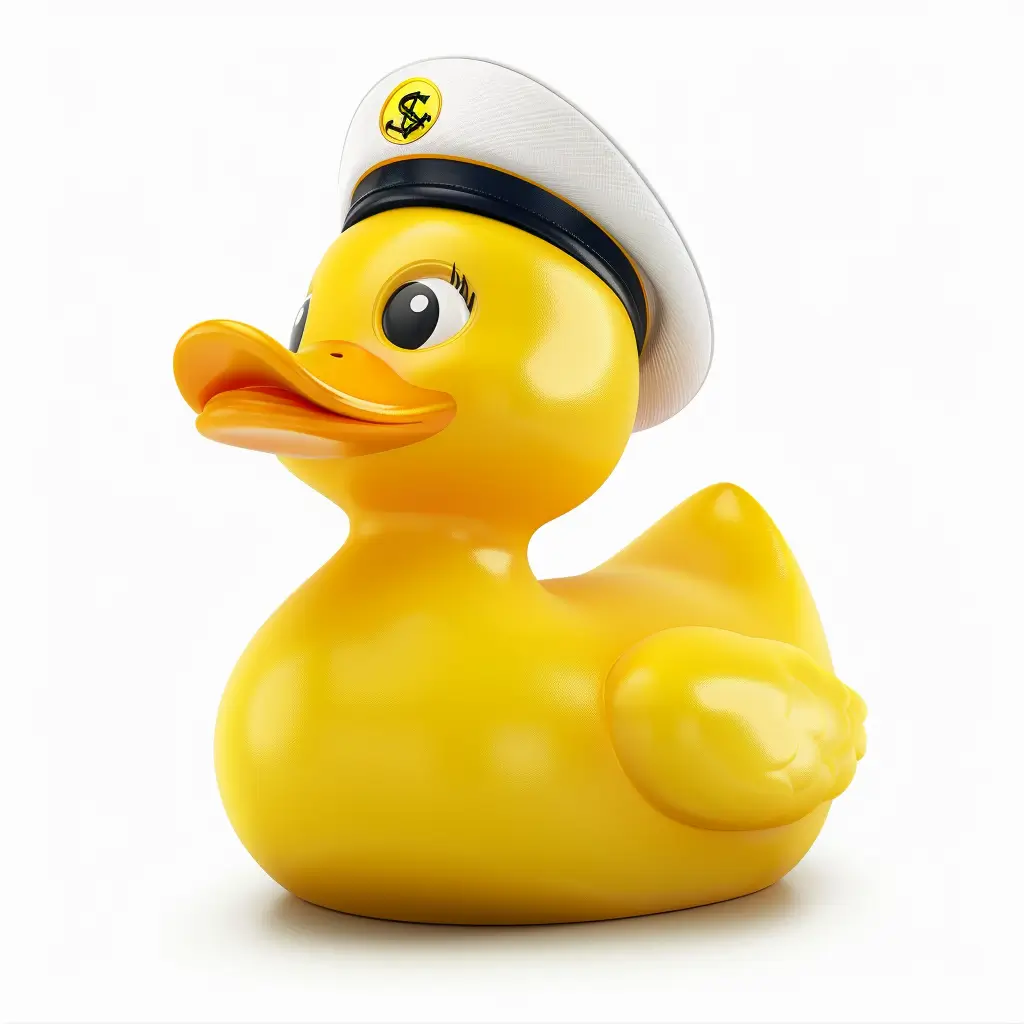
- A simple clipart of a green leaf with water droplets, on a transparent background.

- A cute clipart of a brown teddy bear holding a red heart, on a white background.
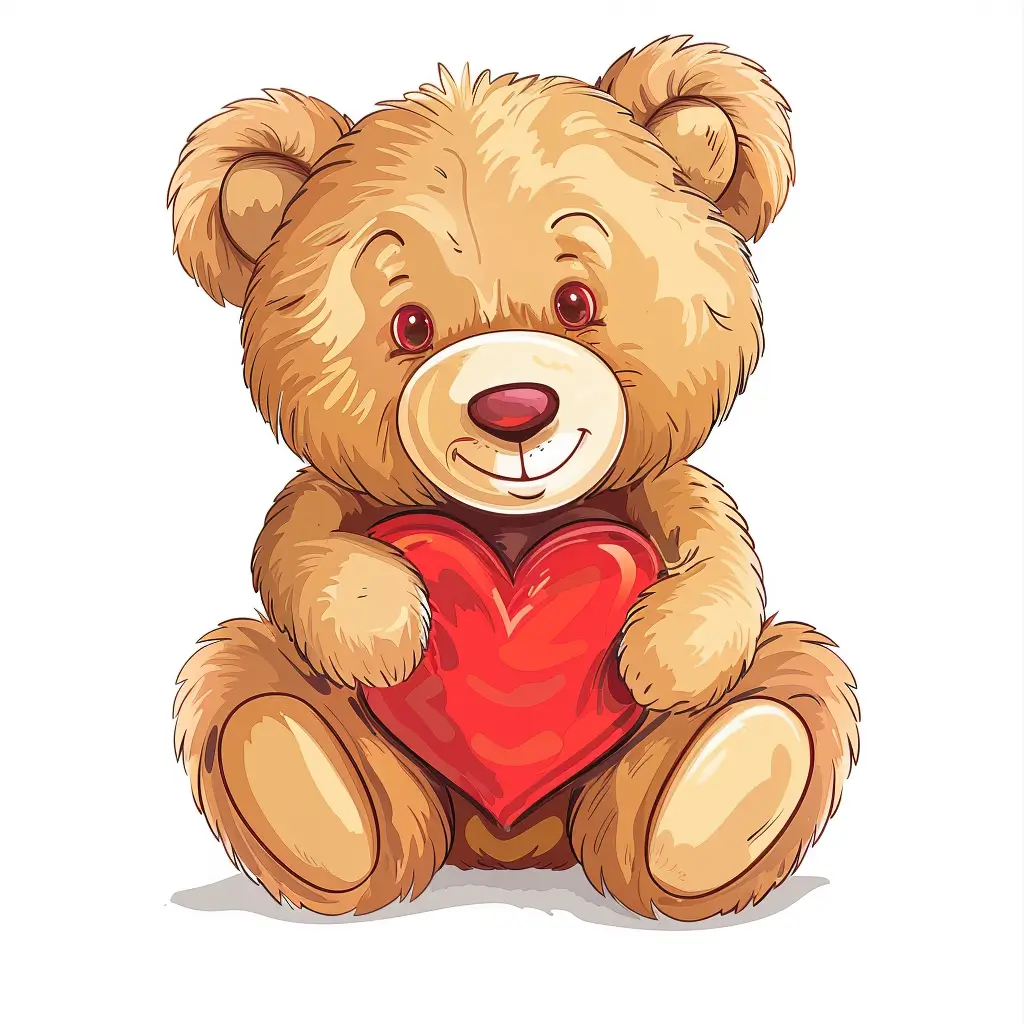
- A flat design clipart of a colorful hot air balloon, on a transparent background.

- A minimalist clipart of a black and white panda face, on a white background.
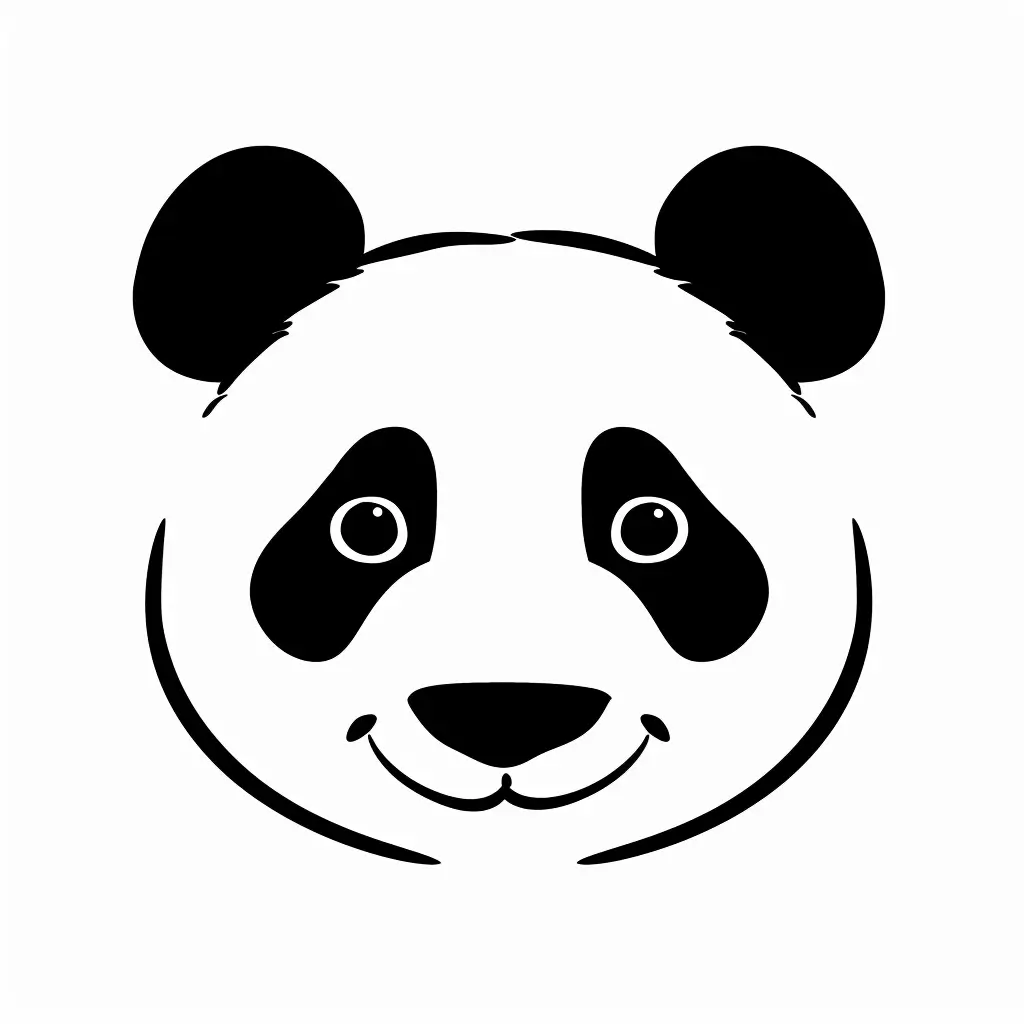
- A cartoon clipart of a slice of watermelon with a bite taken out, on a transparent background.
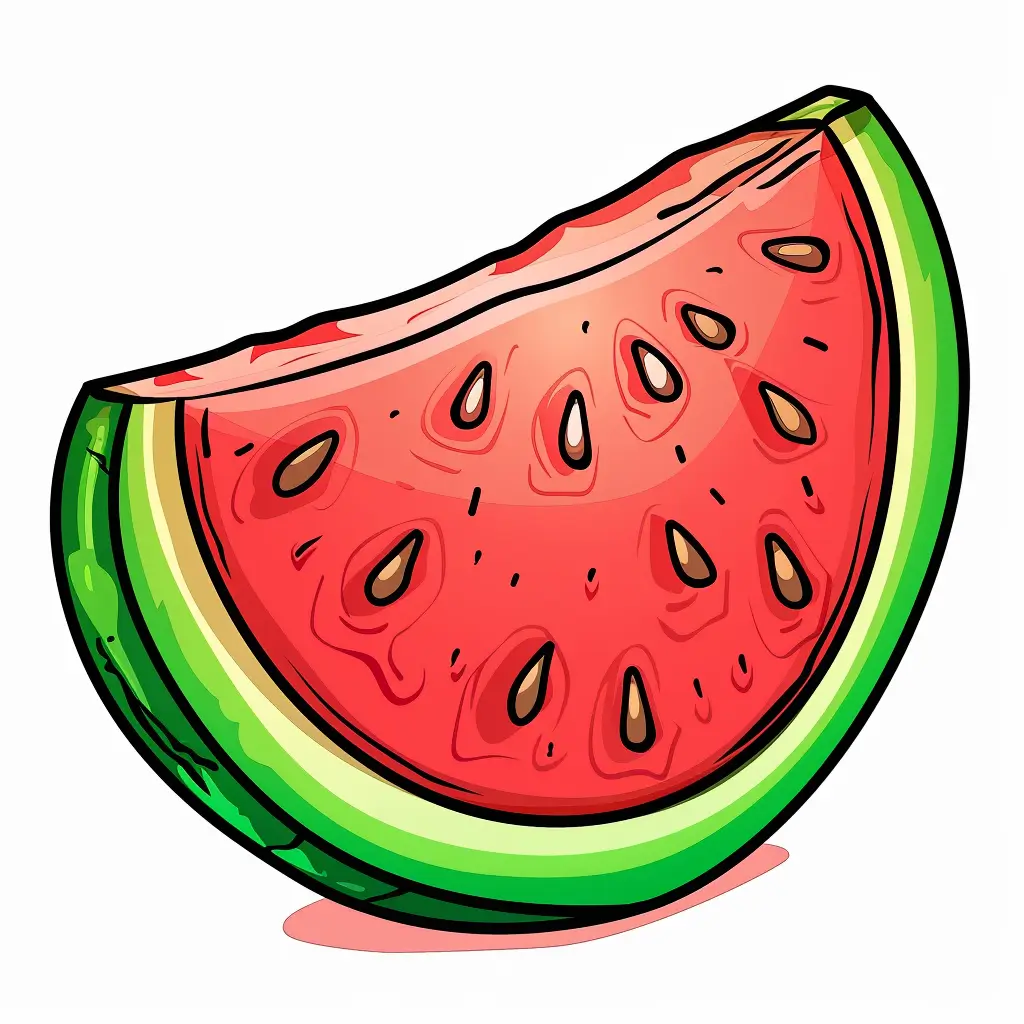
- A whimsical clipart of a purple octopus playing a ukulele, on a white background.
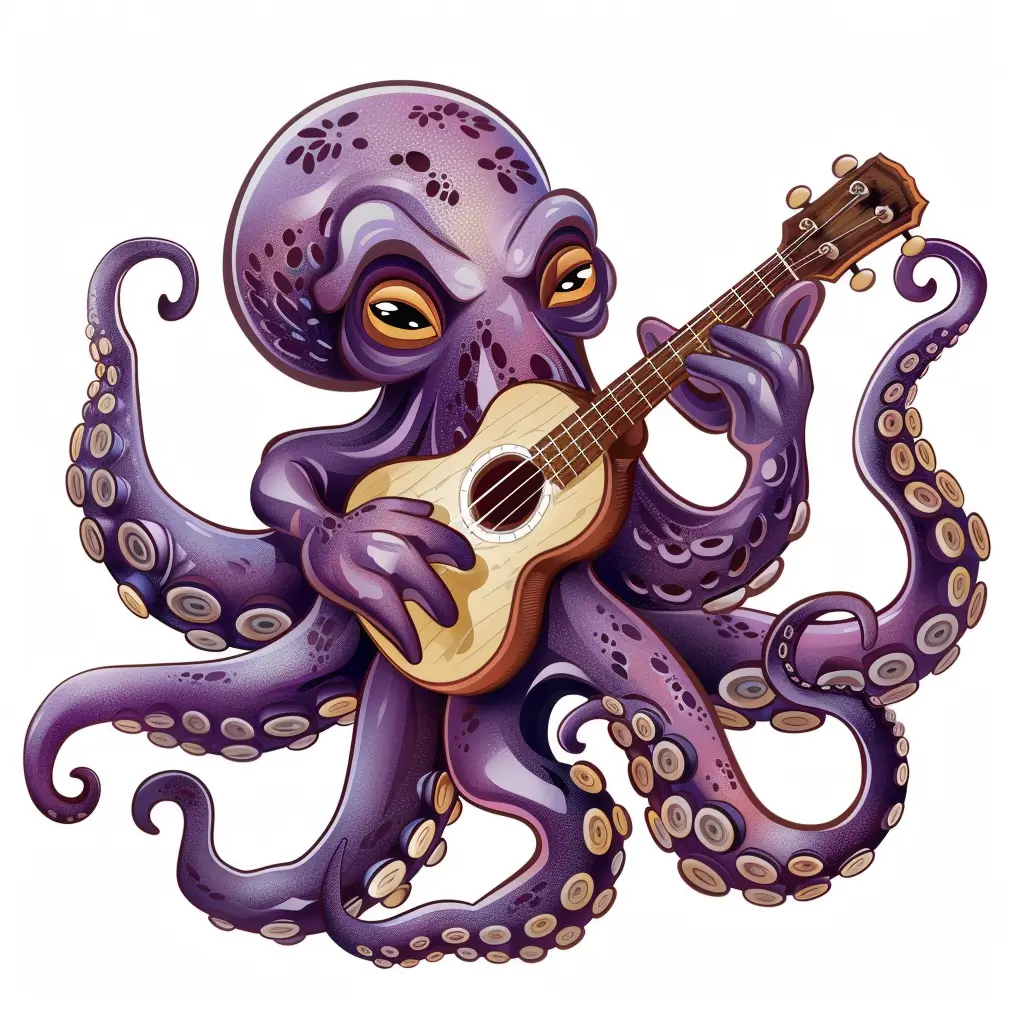
As you can see from these examples, the key to creating great clipart prompts is to be specific, descriptive, and creative. By including details about the subject matter, style, colors, and composition of your desired clipart, you can generate unique and eye-catching images that perfectly capture your vision.
Take a close look at each of these example images and analyze what makes them effective. Notice how the prompts include specific details about the subject matter, colors, and style, and how the resulting images match those descriptions closely.
Use these examples as inspiration for your own clipart creations, and don’t be afraid to experiment with different styles, subjects, and compositions to see what works best for you.
Refine and Edit Your Clipart
While AI-powered tools like Midjourney can generate stunning clipart images with just a few simple prompts, sometimes the results may not be exactly what you had in mind. That’s where refining and editing come in.
One of the first things you can do to refine your clipart is to generate multiple variations of your prompt. Midjourney allows you to generate a series of images based on your initial prompt, each with slight variations in composition, color, and style. By generating multiple options, you can choose the one that best matches your vision and use it as a starting point for further refinement.
Once you’ve selected your favorite clipart image, there are a few key techniques you can use to improve it:
- Adjusting colors and contrast: Use image editing tools like Adobe Photoshop or GIMP to adjust the colors and contrast of your clipart. This can help make your image more vibrant, cohesive, and eye-catching.
- Removing backgrounds: If your clipart has a solid-colored background, you may want to remove it to make the image more versatile and easier to use in different contexts. Use the “magic wand” or “quick selection” tools in your image editing software to select and remove the background.
- Resizing and scaling: Depending on how you plan to use your clipart, you may need to resize or scale it to fit your needs. Be sure to maintain the aspect ratio of your image to avoid distortion, and use high-quality resizing techniques to preserve the clarity and sharpness of your clipart.
- Adding text and other elements: If desired, you can add text, borders, or other graphical elements to your clipart to make it more unique and customized. Just be sure to keep these additions simple and cohesive with the overall style and aesthetic of your clipart.
When it comes to tools for refining and editing your clipart, there are a few key options to consider:
- Adobe Photoshop: The industry-standard tool for image editing, Photoshop offers a wide range of powerful features and tools for refining and manipulating your clipart.
- GIMP: A free and open-source alternative to Photoshop, GIMP offers many of the same basic image editing capabilities at no cost.
- Canva: A user-friendly graphic design tool that makes it easy to add text, borders, and other elements to your clipart without needing to learn complex software.
By using these techniques and tools to refine and edit your AI-generated clipart, you can take your visuals to the next level and create truly stunning, professional-quality images.
Make Money with AI-Generated Clipart
Now that you know how to create stunning AI-generated clipart, you may be wondering how you can turn your new skills into a profitable business or side hustle. In this section, I’ll share some tips and strategies for making money with your clipart creations.
One of the most popular ways to monetize your clipart is by selling it online. There are a number of platforms and marketplaces that allow you to upload and sell your clipart, including:
- Creative Market: A popular marketplace for graphic designers and artists, Creative Market allows you to sell your clipart as individual assets or as part of larger bundles and collections.
- Etsy: Known for its handmade and vintage goods, Etsy also has a thriving market for digital products like clipart, making it a great option for reaching a wide audience of potential buyers.
- Shutterstock: One of the largest stock photography and illustration platforms, Shutterstock allows you to sell your clipart to a global audience of buyers and earn a commission on each sale.
- Your own website: If you have a bit more technical know-how, you can also sell your clipart directly from your own website using e-commerce platforms like Shopify or WooCommerce.
To maximize your earnings and create a successful clipart business, there are a few key strategies to keep in mind:
- Create unique and high-quality designs: To stand out in a crowded market, it’s important to create clipart that is both visually striking and professionally designed. Focus on creating unique, on-trend designs that showcase your personal style and expertise.
- Offer a variety of styles and themes: To appeal to a wide range of buyers, consider creating clipart in a variety of styles and themes, from cute and cartoonish to sleek and minimalist.
- Bundle your clipart into collections: Many buyers prefer to purchase clipart in larger bundles or collections, as this offers better value and more options for their projects. Consider bundling your clipart into themed collections or offering discounts for larger purchases.
- Promote your clipart on social media and beyond: To reach potential buyers and drive sales, be sure to promote your clipart on social media platforms like Instagram and Pinterest. You can also reach out to bloggers, designers, and other influencers in your niche to help spread the word about your products.
Whether you’re looking to earn a little extra income on the side or launch a full-time clipart empire, the possibilities are endless with the power of AI at your fingertips.
In this blog post, we’ve explored the exciting world of AI-generated clipart and how it’s revolutionizing the way designers and artists create stunning visual assets. With powerful tools like Midjourney at our fingertips, creating high-quality, custom clipart has never been easier or more accessible.
We’ve covered the key elements of crafting effective clipart prompts, including being specific and descriptive, using clear language, and focusing on the emotions and concepts you want to convey. We’ve also looked at 15 inspiring example prompts and images to help spark your creativity and showcase the incredible potential of AI-generated clipart.
But creating clipart is just the beginning – we’ve also explored techniques and tools for refining and editing your AI-generated designs to take them to the next level. From adjusting colors and contrast to removing backgrounds and adding text, there are countless ways to customize and perfect your clipart creations.
And of course, we can’t forget about the exciting opportunities for making money with your AI-generated clipart. Whether you choose to sell your designs on popular marketplaces like Creative Market and Etsy, or launch your own clipart website, there are plenty of ways to turn your passion for design into a profitable business or side hustle.
At the end of the day, the power of AI-generated clipart lies in its ability to democratize the design process and make high-quality visual assets accessible to everyone. No longer do you need years of training or expensive software to create stunning, professional-grade clipart – with tools like Midjourney and a bit of creativity, anyone can become a clipart designer.
So what are you waiting for? Start experimenting with AI-generated clipart today and see where your creativity takes you. With a little bit of practice and persistence, you’ll be creating amazing designs in no time – and who knows, you may even discover a new passion or career path in the process.
Happy designing!
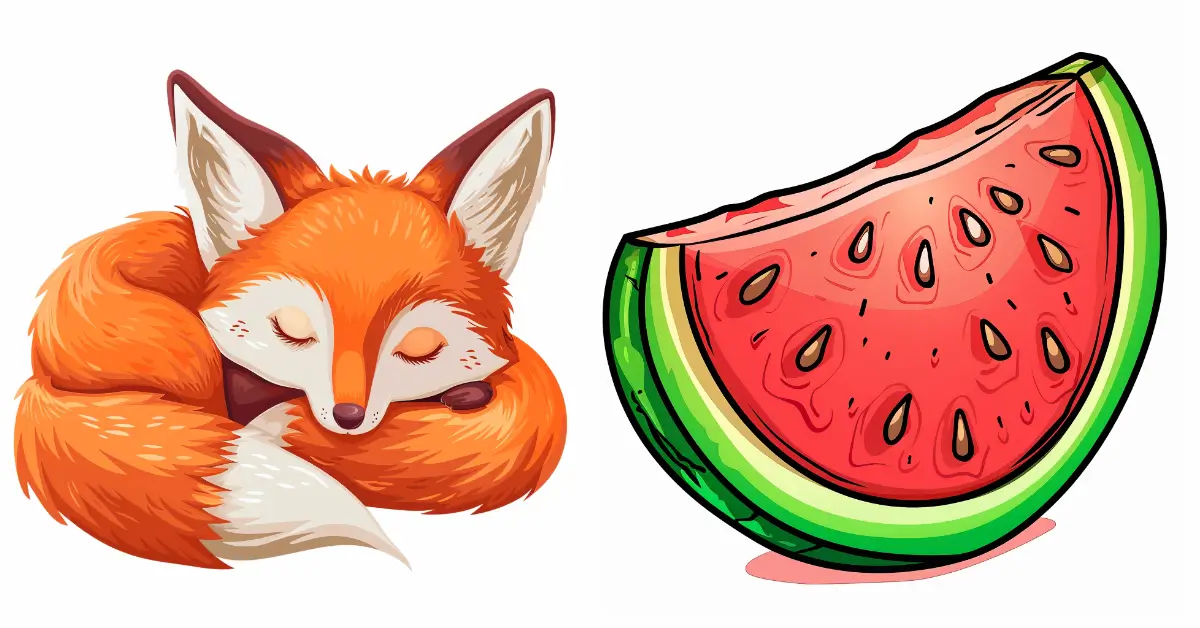
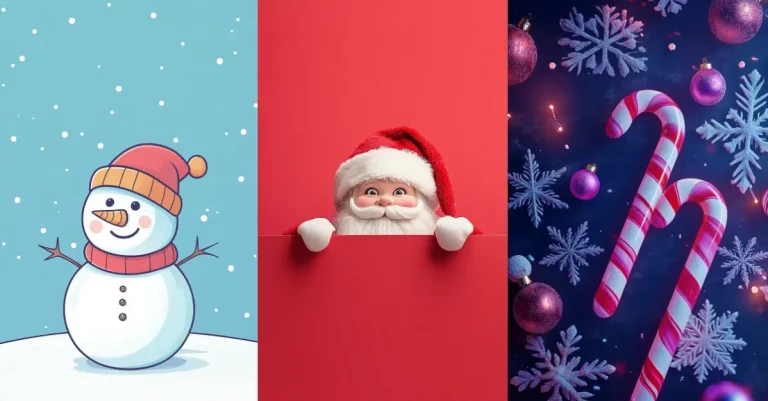
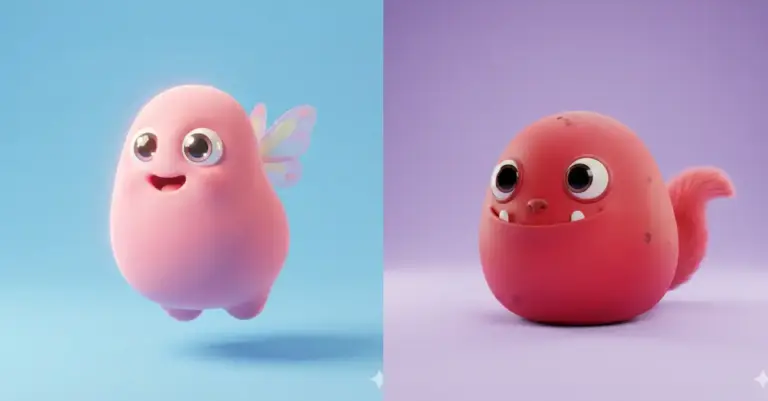
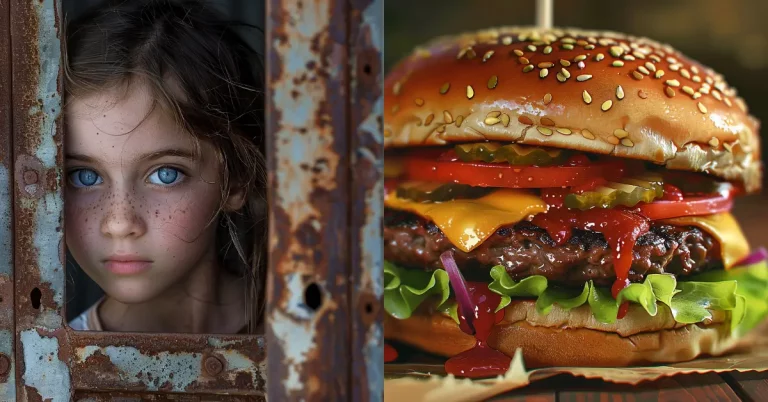
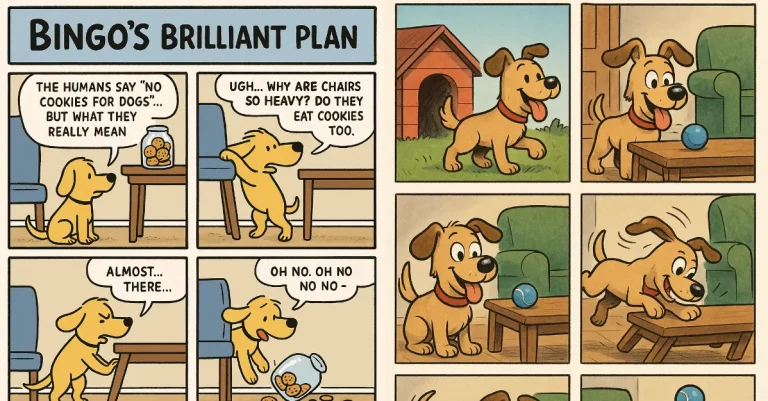
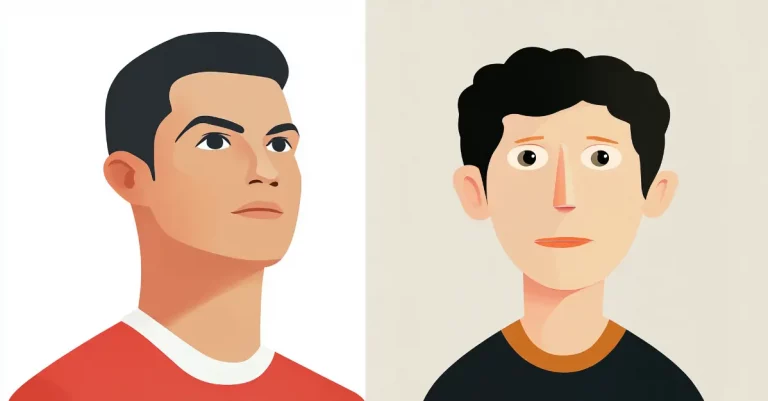
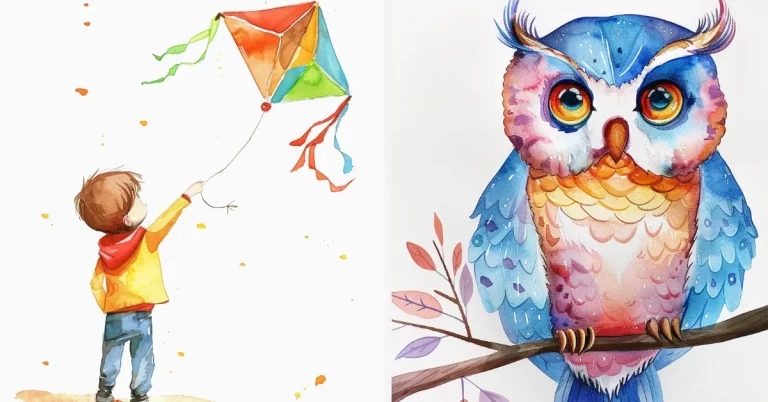
One Comment